

This presentation was originally given as part of Genetic Genealogy Ireland 2019.
These are exciting times for anyone who has a lost relative, no matter the reason for the loss. With advances in DNA retrieval and analysis, work is being done to identify the remains of individuals who have been found around the world. This process is very similar across all aspects of research, including law enforcement, the various Doe projects and even in the identification of lost military personal from historical and current conflicts. We will take a look at the work being done by the Canadian Casualty Identification Program as well as the use of DNA databases to help in the process. Are public databases being used? Is there a government database for these soldiers’ families to leave reference samples? Are there privacy concerns to worry about in this kind of work? If I give a sample will Law enforcement have access to my sample? Join me as we attempt to bring clarity to an exciting time in genetic genealogy.
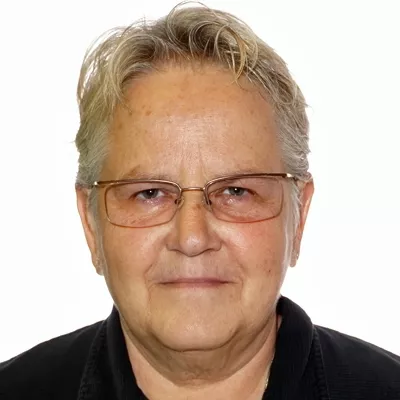

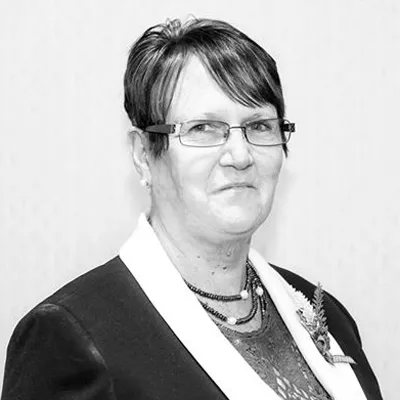

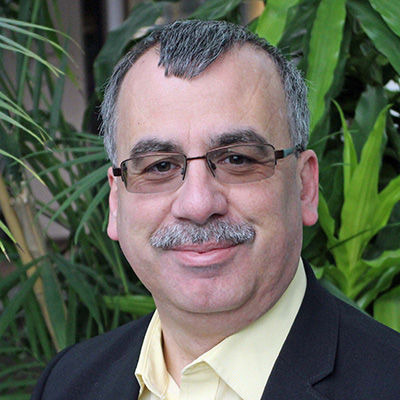

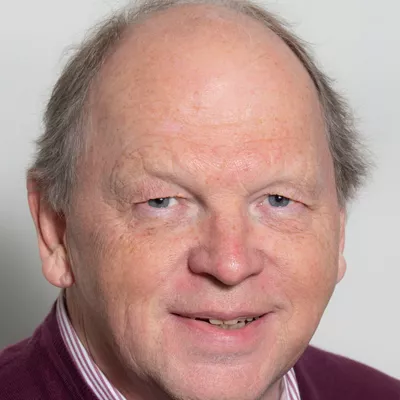
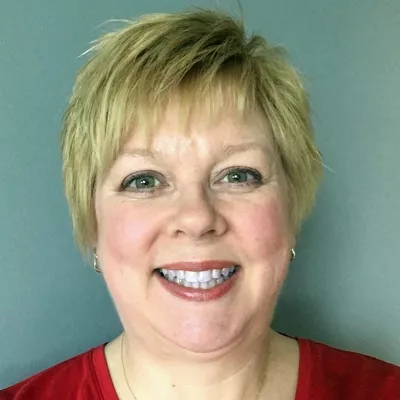
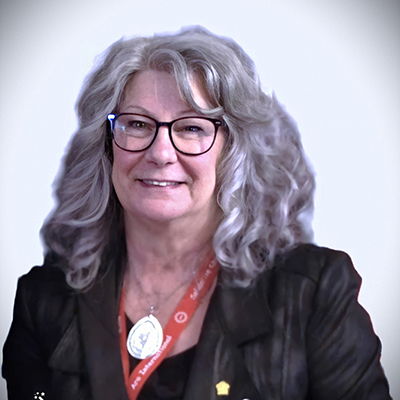
You should receive a confirmation email with a link to the webinar soon.
You’ll also receive a reminder both the day before and one hour before the webinar begins.
Didn’t receive a confirmation email?
You successfully registered for %s.
You should receive a confirmation email with a link to the webinar soon.
You’ll also receive a reminder both the day before and one hour before the webinar begins.
Didn’t receive a confirmation email?
To ensure a smooth, high-quality webinar experience, check the quality of your internet connection.
On the day of the webinar, connect 30–40 minutes before and turn off any background software. If you can’t tune in live, you can view the recording later in the Webinar Library. If joining via a mobile device, be sure to first install the free GoTo app.
Questions? Contact us or read our FAQ.
It looks like you’re already registered for this webinar
You can register for another webinar.
Didn’t receive a confirmation email?
It looks like you’re already registered for these webinars
You can register for another webinar.
Didn’t receive a confirmation email?
Something happened on our end, sorry about that
We were unable to complete your registration.
Please try again later.



Comments
To leave a comment, please tell us who you are
Already a member? Log in